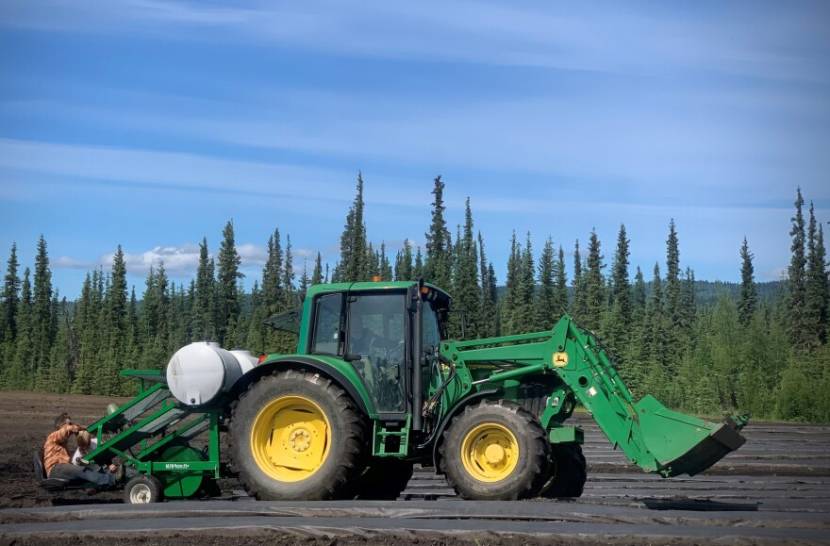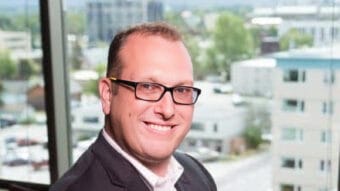
Earlier this month, the U.S. Department of Agriculture approved Alaska’s plan to promote and regulate the production of industrial hemp. The head of the Alaska Division of Agriculture says that means Alaska farmers will be able to diversify by growing a different crop that can be made into products that are increasingly in demand here and worldwide.
Hemp is a type of cannabis that only contains a tiny amount of the psychoactive ingredient THC. It’s a versatile plant used for biomass and the manufacture of materials like rope and fabric, as well as for a variety of CBD-based products for things like pain relief, health and beauty.
“This is already a more than 2-billion-dollar-a-year industry,” state agriculture division director David Schade said. “And that’s (expected) to grow exponentially around the world.”
Schade says hemp holds a lot of economic promise for Alaska. And he says the state has what it takes to grow the stuff.
“We have clean water, clean soil, clear air,” he said. “So we can, in the right regions, grow great plants.”
Schade says that’s been proven by nine growers located from Fairbanks to Homer who’ve cultivated hemp on a total of 70 acres outdoors and some 14,000 square feet of indoor space. The cultivation took place as part of a hemp pilot project that was established through a provision of the federal 2014 Farm Bill.
He expects the harvest will grow now that the USDA has approved the state’s plan to promote the industry, as authorized by the 2018 Farm Bill.
“That really opens up the market to Alaska,” he said. “And of course, you get an Alaska Grown label, in the Pacific Rim, that’s going to help sell your product.”
Zoe Quist, a partner in the Fairbanks-based hemp venture Mado CBD, agrees.
“What differentiates our product from a lot of competitors nationally and internationally is that it’s all natural,” she said.
Quist helps run the state’s most productive hemp-growing operation, which is on a family farm near Cripple Creek, just west of Fairbanks. The operation grew 5,000 plants on 6 acres last year, using organic growing methods and no pesticides.
Quist says the harvest will be used to make CBD products that will have greater appeal to health-conscious consumers.
“We are working with a few different companies in-state for different forms of processing,” she said.
Quist agrees that the Alaska CBD market is small, made somewhat larger by tourists and other visitors. But she and her family-member partners were all born and raised in Fairbanks, and they believe they’re doing more than just growing the raw ingredient of a product that’s increasingly in demand by people here and worldwide.
“We hire local people to work on the farm,” she said. “The money stays in the economy. And we just want to put our products in Alaskans’ hands and just keep it a home-grown operation.”
That’s the kind of sustainability Schade says the state is trying to promote through efforts like the industrial hemp program.
“We’re trying to do food security,” he said. “But food security also includes making sure that we have a strong, vibrant economy so that everybody can produce food.”



